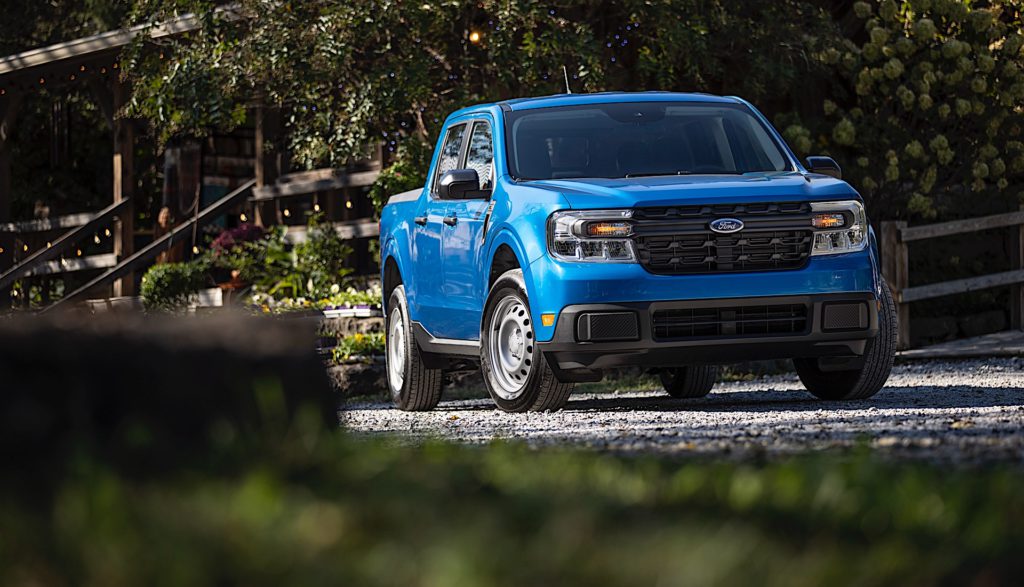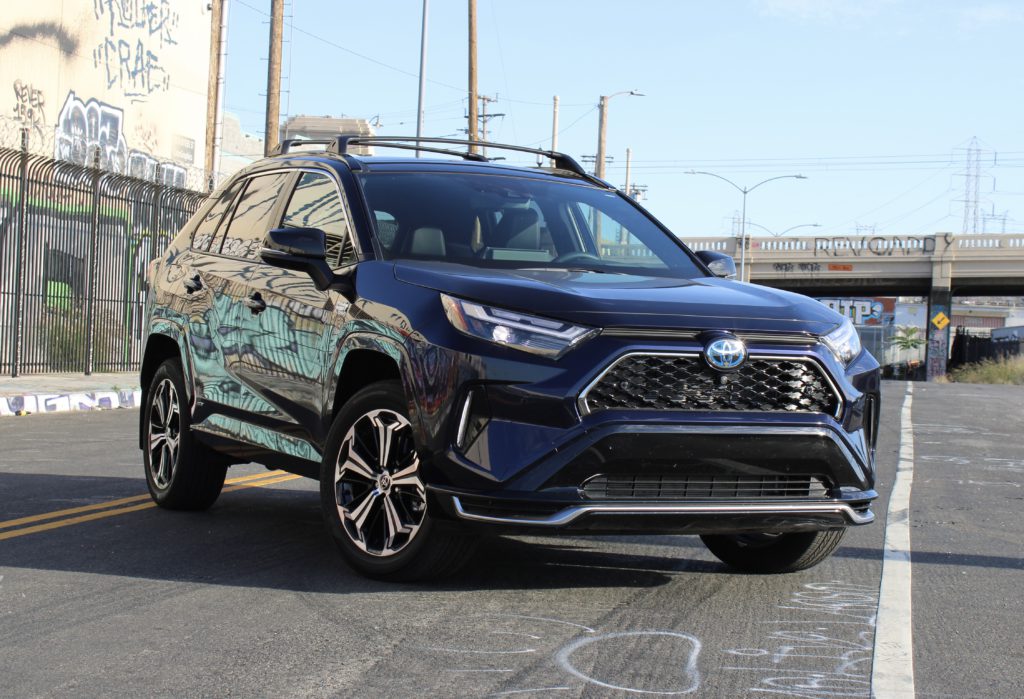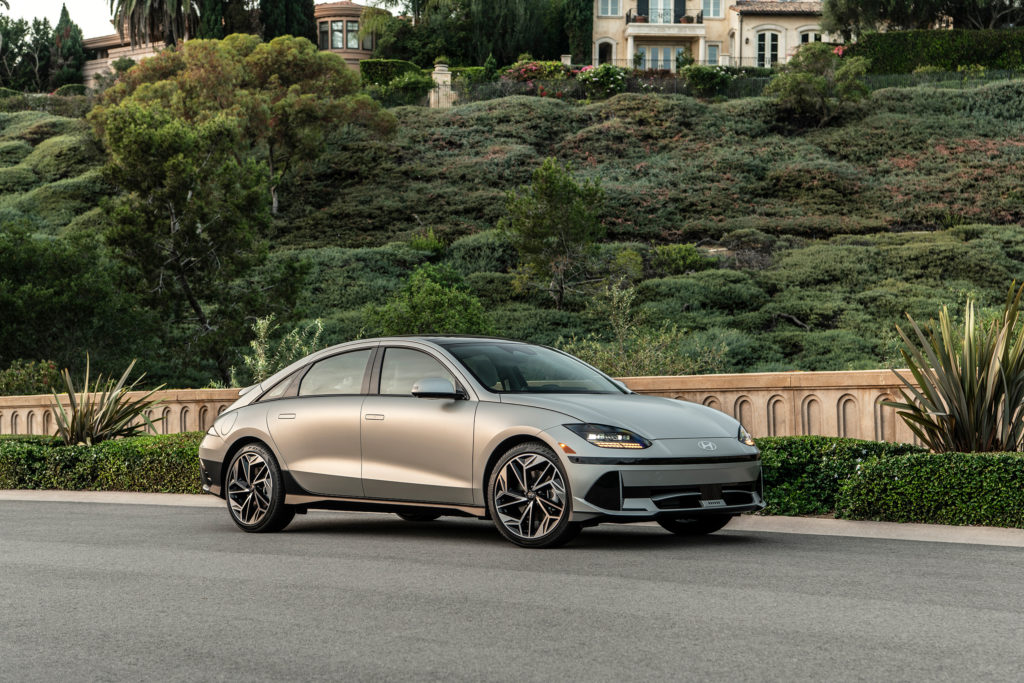Automakers still offer conventional gasoline and diesel engines, but more and more vehicles are available with hybrid, plug-in hybrid or all-electric drivetrains, which means things can get convoluted. Let’s break it all down, so you understand what to look for when shopping for your next vehicle.
SEE ALSO: What’s the difference between kilowatts and kilowatt-hours? EV Basics No. 1
Whether it’s hybrid, plug-in hybrid or electric, all these drivetrain technologies have the same thing in common: they aim to improve vehicle efficiency without sacrificing drivability. Of these three powertrain technologies, the hybrid category is the most diverse – and complicated. To make sense of things, let’s start at the bottom and work our way up.
Hybrids
Micro hybrids are the simplest of all, though it’s debatable whether they’re actually hybrids because basically this is an engine stop-start system that kills combustion to save fuel and reduce emissions when you’re sitting in traffic or stopped at a red light. Micro hybrids may also incorporate very limited regenerative braking to further improve efficiency. When you lift your foot off the brake, the engine restarts immediately, so you can drive away as normal.

Moving up the ladder we find mild hybrids. These incorporate stop-start technology, but also typically have 48-volt electrical systems that enable additional functionality. This usually includes some form of regenerative braking and a slight power boost during acceleration. The eTorque system you can get on the Ram 1500 truck, for instance, also enables longer engine-off periods when stopped, which helps save fuel, and the system improves transmission shift quality because of how it can manipulate driveline torque.
Oftentimes, mild hybrid systems feature belt-driven starter generators instead of conventional alternators. This makes these systems relatively easy, and likely very affordable, to retrofit to existing combustion powertrains. Compared to micro hybrids, mild hybrids give you way more functionality without too much extra complexity or cost. The next step up is where things go off the rails.
The finer details of full hybrids or strong hybrids, as they’re also known, get very complicated. But at a high level, this electrified drivetrain technology delivers huge fuel-economy improvements because of how the system’s electric motor – or motors as is often the case – work in conjunction with the internal-combustion engine. Full hybrids also offer the ability to drive on battery power alone, though usually only at very low speeds and for super short distances, maybe a mile or two.
Vehicles powered by full hybrid drivetrains include the pioneering Toyota Prius and Ford’s Maverick compact truck, to name a couple. Both of these vehicles deliver good performance and exceptional fuel economy.

Where things get convoluted, though, is when you start looking at how full-hybrid systems work, because there are many different designs. You have parallel hybrids and series hybrids, series-parallel, power-split and even axle-split hybrids. The hardware required, and how power gets routed through these systems to the wheels is often very different, and well beyond the scope of this article.
Plug-in hybrids
Next up we have plug-in hybrids, which take things to another level. With decently sized battery packs and internal-combustion engines, these drivetrains offer far greater electric-only range than full hybrids, plus they give you the flexibility to make coast-to-coast drives without having to recharge; you just run on the combustion engine. Plug-in hybrids give you many of the benefits inherent to hybrids and pure-electric vehicles along with the quick refueling and long range of combustion power. As we slowly transition to an all-electric future, plug-in hybrids are an ideal steppingstone between old and new.
Compared to other hybrid types, there aren’t that many plug-ins available today, but well-respected vehicles like the Toyota RAV4, Chrysler Pacifica, Jeep Wrangler, Ford Escape and Volvo S90 are all available with plug-in drivetrains.
For demonstration purposes, let’s take a closer look at the Toyota RAV4 Prime, the plug-in version of this popular SUV. It features a 2.5-liter four-cylinder gas engine matched to some electric motors and an 18.1-kWh lithium-ion battery pack.

When fully charged, the RAV4 Prime should deliver 42 miles of electric-only range. That’s nowhere near as much as pure EVs, but that’s still enough for many drivers to commute to work and home again without using any gas. Once you exceed its electric range, the vehicle seamlessly switches over and operates like a regular hybrid, running mostly off the engine.
Pure electrics
And finally, when you’re ready to lose the training wheels, we have all-electric powertrains, which are the simplest of the bunch. EVs have a battery pack, an electric motor (or motors as is often the case), an inverter, some software to make it all work and that’s about it. Compared to all types of hybrids, EVs usually offer strong, silent performance, are hands down the most efficient, and have far fewer moving parts, which means zero tailpipe emissions and less that can go wrong over the long haul.
Despite what some people may say, EVs are not a perfect solution for every driver in all situations, but electric vehicles are the future and they’re only going to get better in the coming years as battery technology advances and charging infrastructure improves.
Advantages and disadvantages
Next, let’s recap the advantages and disadvantages of these various electrified powertrains. Stop-start, or micro hybrid technology, is simple for manufacturers to add to existing vehicles and very affordable. Unfortunately, these systems don’t improve fuel economy all that much, but they’re a great start.
One rung up the ladder, mild hybrid systems offer extra functionality for a relatively low price premium and should improve efficiency more than micro hybrids, though the gains are still not usually all that impressive.

Full hybrids, or strong hybrids, are where things start to get interesting. Vehicles with one of these powertrains often deliver incredible fuel economy and the technology has been proven to stand the test of time. Full-hybrid vehicles are smart buys. As for downsides, this drivetrain type does add a lot of cost and efficiency is usually emphasized over performance.
READ THIS: What is range anxiety and how do you deal with it? EV Basics No. 2
Plug-in hybrids are the best blend of present and future technology, offering a good amount of clean, all-electric range, and typically very good performance. These powertrains are great for long-distance drives because you can simply use the combustion engine once the battery is depleted. The disadvantages to plug-in hybrids are that they tend to cost a good bit more than vehicles with conventional powertrains and if you don’t plug them in – as I’m sure many owners forget to – you miss out on most of the benefits they provide.
And finally, there are pure-electric vehicles. Iffy public charging networks, cold-weather range and affordability are serious issues, but EVs offer some huge benefits, from lower running and maintenance costs to strong, silent performance, to zero tailpipe emissions and more. There’s a reason we say they’re the future here at EV Pulse.
Hopefully this article demystified the world of electrified powertrains, so you know what to look for while shopping for your next vehicle.
